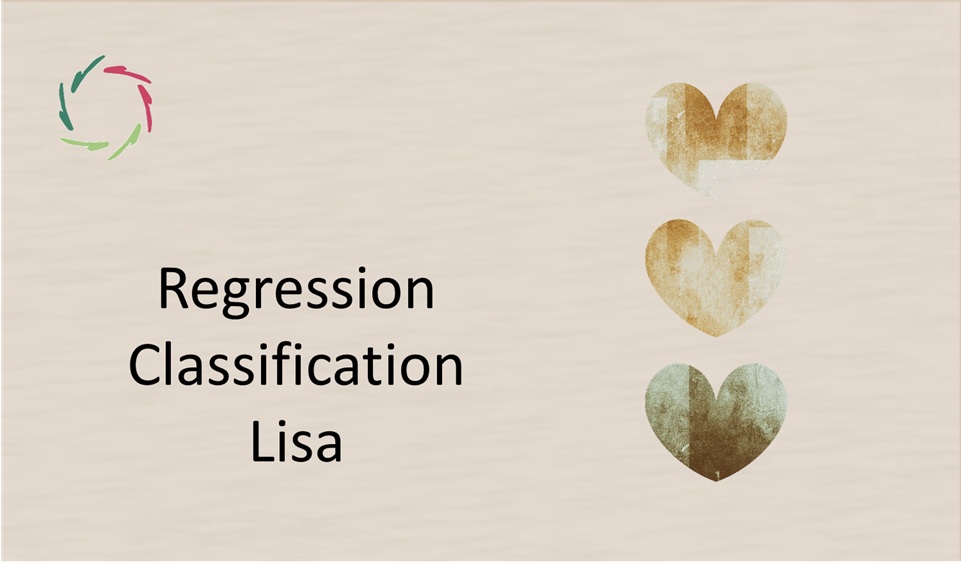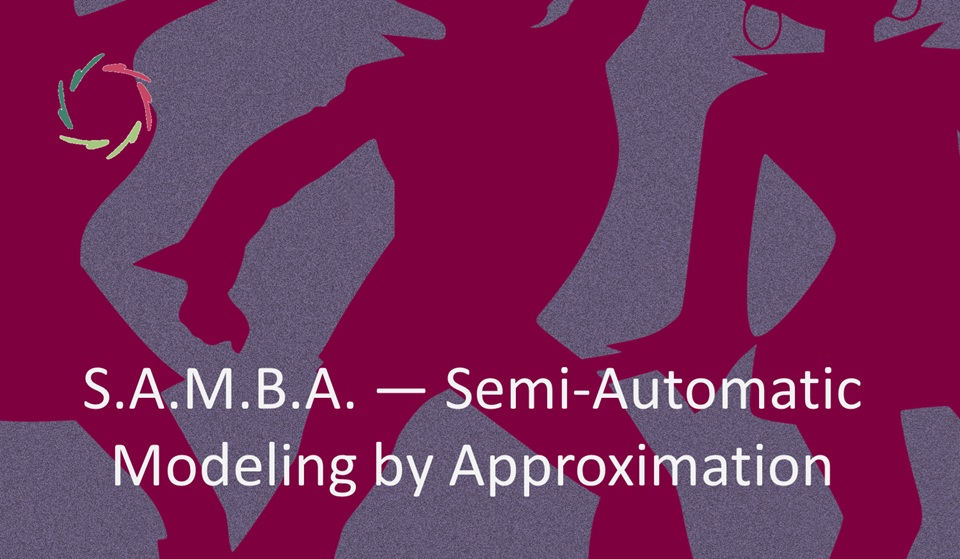Pattern Recognition and Completion in the Learning Landscape

At the heart of the learning landscape is a fundamental mechanism: Pattern Recognition and Completion (PRC). Whether it’s a model learning from labeled data, finding hidden structures, or optimizing actions through rewards, PRC is the process that drives all learning systems forward.
’The Learning Landscape’ explores the concept of the learning landscape, where different types of machine learning are seen as points within a fluid, flexible continuum. In this blog, we dive deeper into PRC, showing how it operates across different types of machine learning, which offers new possibilities for creating more adaptive systems.
What is Pattern Recognition and Completion (PRC)?
At its core, PRC is the process by which a system identifies patterns in the data and then completes those patterns when it encounters only partial information. Whether in machine learning or human cognition, PRC allows for more efficient decision-making and problem-solving by predicting missing pieces of a pattern based on what has already been learned.
For example, in supervised learning, a model recognizes patterns in labeled data and, when faced with new, unlabeled data, completes the pattern by predicting the correct label. In reinforcement learning, the agent recognizes patterns of actions and outcomes and then completes the sequence by taking actions that maximize rewards.
PRC is a natural process in human cognition as well. When we see a partially obscured object, our brain automatically fills in the missing details to complete the pattern. This process happens non-consciously most of the time, but it’s at the root of how we perceive and learn. In machine learning, PRC allows systems to operate in a similar fashion, handling incomplete data and making predictions that help fill in the gaps.
PRC across the learning landscape
PRC plays a key role in all types of learning across the landscape:
- Supervised Learning: In supervised learning, the model recognizes patterns between inputs and labeled outputs. When faced with a new input, the model completes the pattern by predicting the correct label, even when the new data is different from the examples it has seen. This predictive completion is what drives successful generalization.
- Unsupervised Learning: Here, PRC helps the model find patterns within unlabeled data. For example, in clustering algorithms, the system detects patterns of similarity between data points and completes the clusters by assigning new data points to the right groups. The goal is to recognize underlying structures and fill in the pattern of the dataset without needing explicit guidance.
- Semi-Supervised Learning: In semi-supervised learning, PRC operates by recognizing patterns in the labeled portion of the data and completing them in the unlabeled portion. The model extends the patterns it has learned from labeled data to predict the structure or labels of the unlabeled data, making better use of the entire dataset.
- Reinforcement Learning: In reinforcement learning, PRC helps the agent recognize patterns between actions and rewards. Each time the agent takes an action, it learns how that action fits into the larger pattern of achieving a reward. As the agent becomes better at recognizing these patterns, it can complete the action-reward sequence more effectively, optimizing its behavior.
In all these approaches, PRC acts as the engine driving the model’s ability to learn, generalize, and adapt. The system is constantly working to complete patterns, whether they come in the form of labels, structures, or rewards.
PRC as the reward
In traditional reinforcement learning, the agent’s goal is to maximize rewards by learning which actions lead to desirable outcomes. However, if we view the reward as part of a larger pattern, we can see that the agent is not simply acting to receive rewards but is actually working to complete a pattern that includes the reward as a natural endpoint.
In this sense, the process of completing the pattern itself becomes the reward. Each time the agent successfully completes an action-reward sequence, it recognizes that the pattern has been fulfilled. This perspective suggests that the brain – and machine learning systems – may find intrinsic value in the act of completing a pattern beyond just external rewards.
This idea opens up interesting possibilities for designing A.I. systems that prioritize pattern completion as an intrinsic goal. Instead of relying solely on external rewards, systems could be driven by the satisfaction of completing patterns, making them more efficient at learning from complex environments where explicit rewards are rare or delayed.
New possibilities for PRC in hybrid learning systems
PRC is particularly powerful in hybrid learning systems, where different types of learning are combined to create more adaptive and flexible systems. For instance:
- Self-supervised learning: In self-supervised learning, the model creates its own labels from the data, turning unsupervised learning into something that closely resembles supervised learning. PRC helps the system recognize patterns in the unlabeled data and complete them by generating useful labels, enabling the model to train itself.
- Transfer learning: Transfer learning allows a model to take what it has learned in one domain and apply it to another. Here, PRC helps the model recognize familiar patterns in a new environment and complete them, even when the specific data is different from what it has seen before. This makes the model more flexible and able to adapt to new tasks with minimal retraining.
These examples show that PRC can bridge the gap between different learning types, allowing systems to navigate the learning landscape more fluidly. By focusing on pattern recognition and completion, hybrid systems can learn more efficiently and adapt to a wider range of problems.
Insights from neuroscience: the predictive brain
PRC is not just a concept for machines; it’s deeply rooted in human cognition. As discussed in earlier blogs, the brain operates as a predictor, constantly recognizing patterns and filling in gaps to make sense of the world. This predictive nature allows us to handle incomplete information, just as machine learning models do.
In fact, many breakthroughs in machine learning have been inspired by insights from neuroscience. The brain’s ability to complete patterns is what allows us to learn quickly and adapt flexibly to new situations. By designing A.I. systems that mimic this predictive power, we can create more sophisticated learning systems that operate in a more human-like manner.
Practical applications of PRC in machine learning
PRC is already at work in many real-world applications of machine learning:
- Natural Language Processing (NLP): Systems like predictive text or auto-completion rely heavily on PRC. The model recognizes a pattern in the input text and then completes the sentence or phrase based on its learned knowledge of language structure.
- Generative models: In models like Generative Adversarial Networks (GANs), PRC is used to complete images or generate new ones based on patterns learned from the training data. These models are essentially filling in gaps in data to create new, realistic outputs.
- Reinforcement learning in robotics: In robotics, reinforcement learning agents use PRC to recognize patterns in their environment and complete action sequences that lead to successful tasks, such as navigating obstacles or manipulating objects.
These applications highlight the versatility of PRC in driving machine learning systems across different domains, making them more capable of handling incomplete data and making informed predictions.
PRC as the core mechanism of learning
Pattern Recognition and Completion (PRC) is the core mechanism that underlies all learning across the landscape. Whether it’s in supervised learning, reinforcement learning, or hybrid systems, PRC drives the ability to learn from data, recognize patterns, and complete those patterns in ways that allow for better decision-making and problem-solving.
As we look toward the (also distant) future, it’s clear that PRC will continue to play a central role in the development of more adaptive and flexible A.I. systems. By embracing PRC as both the means and the reward, we can create systems that are not only driven by external goals.
These systems will also be intrinsically motivated to complete patterns, pushing the boundaries of what AI can achieve.
We should make sure this intrinsic motivation is Compassion.


